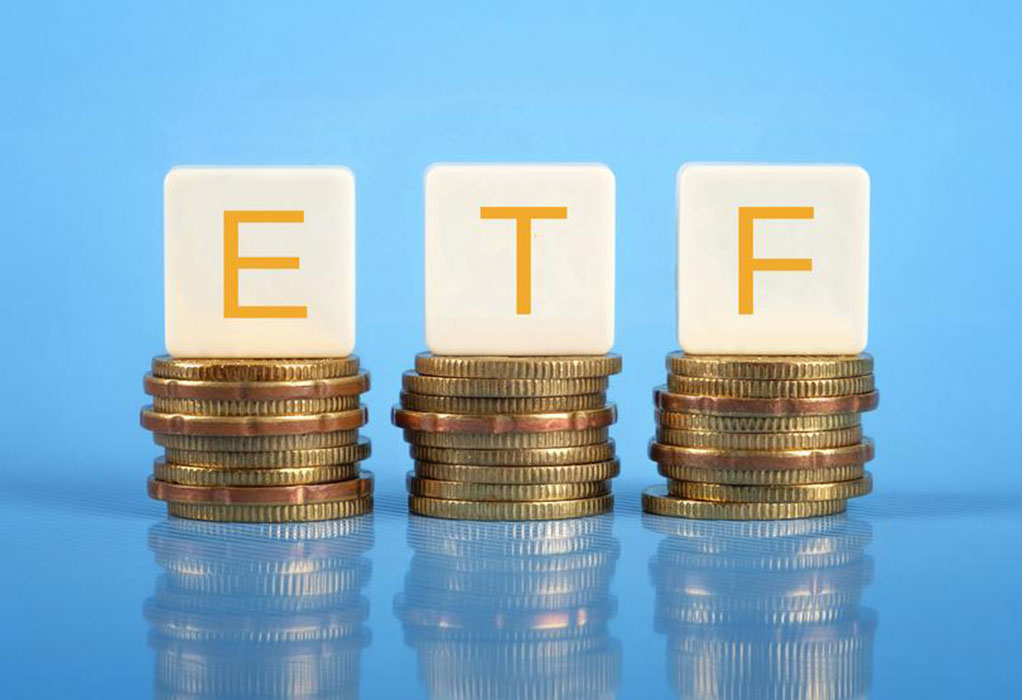Comprehensive Guide to Choosing the Best ETFs for Investment Success
This comprehensive guide delves into the essentials of selecting top ETFs for investment, highlighting their classifications, benefits, risks, and strategic selection tips. It covers diverse ETF categories like sector-specific, international, and bond funds, emphasizing low-cost options, liquidity, and performance consistency. The article helps investors understand how to build a diversified portfolio that aligns with their financial goals, highlighting key considerations such as expense ratios, liquidity, and sector trends. With expert advice and detailed insights, this guide aims to help you optimize your ETF investments for long-term success.

Comprehensive Guide to Choosing the Best ETFs for Investment Success
In today's rapidly evolving financial landscape, exchange-traded funds (ETFs) have become a cornerstone for both individual investors and institutional portfolios. With over 2,000 ETFs available globally and a total market capitalization exceeding $2.3 trillion, selecting the right ETFs to complement your investment strategy can significantly influence long-term financial growth. This extensive guide aims to demystify ETFs, explore their classifications, advantages, potential risks, and provide practical tips on how to choose the best funds suited to your investment goals.
ETFs are investment funds traded on stock exchanges, much like individual stocks. They pool together a diversified basket of securities—such as stocks, bonds, commodities, or other assets—and aim to replicate the performance of a specific index or sector. The diversity, flexibility, and cost-effectiveness of ETFs have contributed to their soaring popularity among a wide array of investors. Understanding their structure, benefits, and limitations can empower you to make informed decisions that align with your financial objectives.
Categories of ETFs and Market Variations
ETFs are broadly categorized into 13 different types based on their investment focus, asset classes, and cost structures. These categories include broad market equity funds, sector-specific funds, international funds, specialty funds (like commodities or currencies), and fixed-income ETFs. For instance, broad equity ETFs track major indices such as the S&P 500, while niche sector ETFs focus on technology, healthcare, energy, or emerging markets. Each category carries its own risk-return profile and suits different investor preferences and risk tolerances.
The emergence of thematic ETFs and actively managed ETFs further diversifies options, enabling investors to target specific economic trends or employ strategic management styles. Understanding these classifications helps investors diversify portfolios effectively and select funds tailored to their specific investment timelines and appetites for risk.
Advantages of Investing in ETFs
ETFs are celebrated for their unique combination of benefits that make them an attractive choice for a wide range of investors:
Low Cost: Expense ratios for ETFs tend to be lower than traditional mutual funds, often ranging from 0.01% to around 0.50%. This low-cost nature helps maximize net returns over time.
Liquidity and Flexibility: ETFs can be bought and sold throughout trading hours at market prices, offering real-time liquidity and the ability to implement trading strategies promptly.
Tax Efficiency: Due to their unique creation and redemption process, ETFs typically generate fewer capital gains distributions, making them more tax-efficient than mutual funds.
Diversification: Investing in ETFs provides exposure to a broad range of securities, spreading risk across different assets or sectors.
Transparency: Most ETFs publish their holdings daily, allowing investors to monitor their investments closely.
Potential Drawbacks and Risks
Despite the numerous advantages, investors should be aware of certain drawbacks associated with ETFs:
Expense Ratios and Trading Costs: Although generally low, trading costs and bid-ask spreads can add up, especially with frequent trading or in less liquid funds.
Market Risks: ETFs are subject to market volatility, and sector-specific ETFs can be more sensitive to industry trends or geopolitical events.
Liquidity Concerns: ETFs trading in thin markets or exotic international ETFs might experience wider spreads, making buying or selling more costly and challenging.
Tracking Error: Some ETFs may not perfectly replicate the performance of their underlying index due to management fees or sampling methods.
Complex Strategies and Leveraged ETFs: Leveraged ETFs or inverse funds use derivatives to amplify returns or provide inverse exposure, carrying higher inherent risks and are generally suitable for short-term traders.
How to Choose the Right ETF for Your Portfolio
Selecting the appropriate ETFs requires careful evaluation of several key factors:
Expense Ratio: Prioritize funds with low expense ratios to increase net gains over the long run. For example, Vanguard's S&P 500 ETF (VOO) has an expense ratio as low as 0.03%, making it a cost-efficient choice for broad-market exposure.
Performance Consistency: While past performance doesn't guarantee future results, consistency over time can provide confidence in a fund's management and tracking accuracy.
Liquidity: Look for ETFs with high trading volumes and narrow bid-ask spreads to ensure ease of entry and exit without significant costs.
Issuer Reputation: Choose ETFs from reputable providers such as Vanguard, BlackRock (iShares), or State Street (SPDR) for better management quality and transparent operations.
Tracking Error and Management Style: Opt for funds that closely follow their benchmark indices, minimizing tracking error. Decide whether passive index tracking or active management aligns better with your investment philosophy.
Popular ETF Categories and Investment Strategies
Investors can access a wide array of ETFs designed to meet specific financial goals:
Large-Cap and Small-Cap ETFs: These funds offer exposure to large, stable corporations or smaller, aggressive growth firms. For instance, the iShares Russell 2000 ETF (IWM) targets small-cap stocks poised for growth.
International ETFs: These funds diversify geographically, including markets in Europe, Asia, and emerging economies. Examples like the Vanguard FTSE Emerging Markets ETF (VWO) help tap into global growth potential.
Dividend ETFs: Focused on income-generating stocks, these ETFs suit investors seeking steady cash flow, such as the Vanguard Dividend Appreciation ETF (VIG).
Bond and Fixed-Income ETFs: These provide income and stability, covering government, municipal, or corporate bonds.
Sector-Specific ETFs: Focused exposure to key sectors like healthcare, energy, utilities, or technology helps investors capitalize on industry trends and economic cycles.
Sector-Specific ETF Insights
Investing in sector ETFs allows for targeted exposure to specific parts of the economy. For example, healthcare ETFs leverage the growing demand driven by aging populations and advancements in medical technology. Energy ETFs include oil, natural gas, and renewable energy firms, benefiting from fluctuating resource prices and policy shifts. Utility ETFs are considered defensive, providing steady income even during economic downturns, while consumer staples ETFs include essential products like food and household goods, maintaining demand during market volatility.
Choosing sector ETFs can help diversify risk and capture growth opportunities aligned with macroeconomic trends. Consider the current economic outlook, sector outlook, and your risk capacity when making selections.
Conclusion and Final Tips
Investing in ETFs offers a strategic, cost-effective way to diversify your portfolio and capitalize on market opportunities. Focus on low-cost funds with solid track records, high liquidity, and transparent management. Carefully assess your risk tolerance and investment timeline to diversify across sectors, market caps, and geographies. Stay informed about market conditions and periodically review your ETF holdings to ensure they align with your evolving investment goals. By employing a disciplined approach, ETFs can be powerful tools for building wealth and achieving financial independence over the long term.





